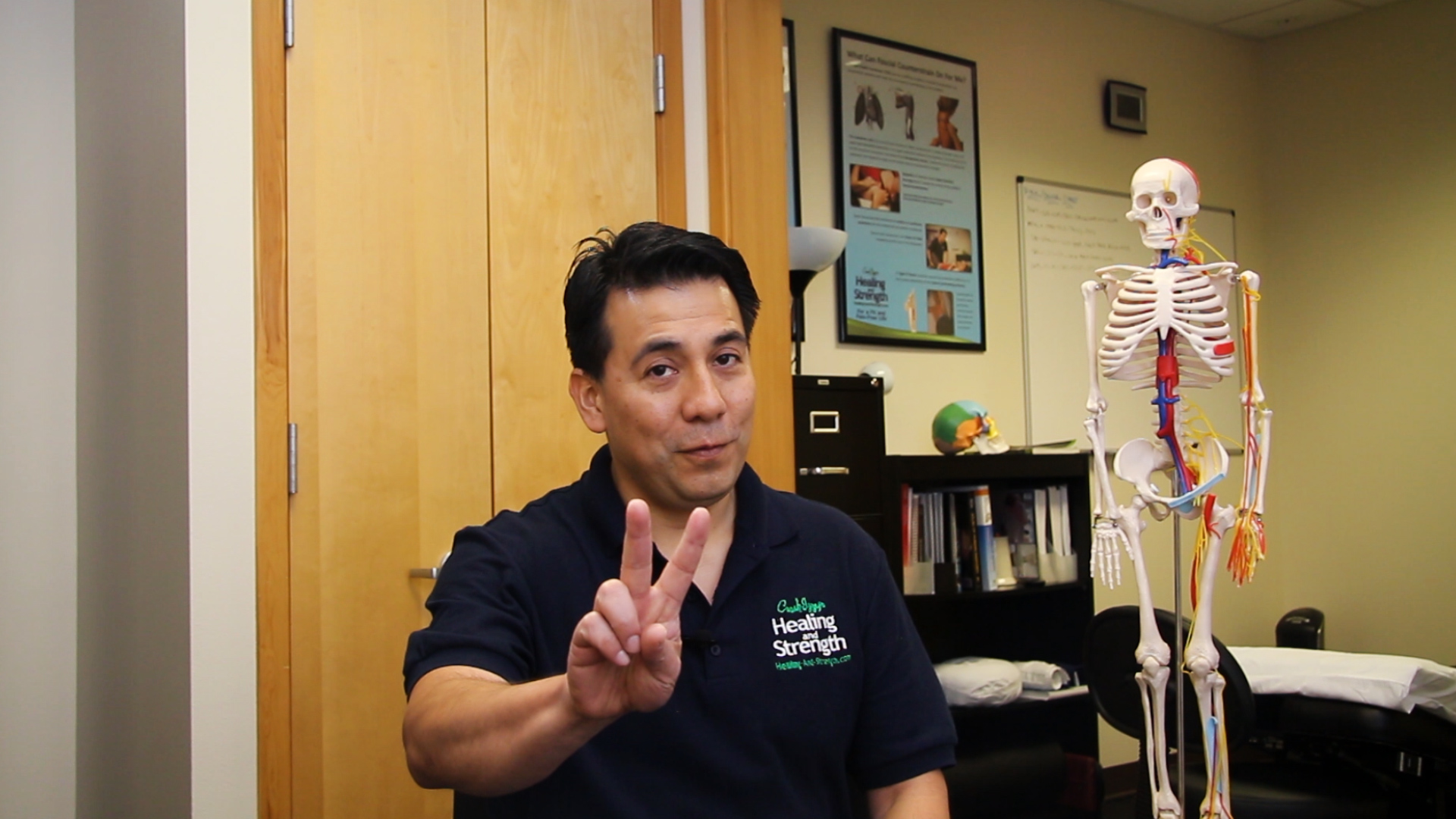Counterstrain is without a doubt an amazing modality. It is so amazing that it leaves other therapeutic modalities in the dust!
But how does Counterstrain do that? Before I tell you, there are a few things you need to know—namely, the latest in the world of Counterstrain.
I consider myself privileged to be part of the evolution of Counterstrain as it adds new systems to its repertoire and refines what’s already in existence. It’s no wonder Counterstrain grows more popular by the day, and it’s encouraging to see more practitioners joining our ranks and embarking on the Counterstrain journey year after year.
Those of us who have experienced Counterstrain know what an amazing modality it is, but we also know that, although Counterstrain is science-based, its approach is not mainstream yet. As a result, its ability to address complex cases in a relatively short time and with such gentleness still baffles the mind and gives it an air of mysticism. How many times have you heard others refer to Counterstrain as voodoo, or magic, or a miracle? It shows how misunderstood it still is.
And this is where the problem is!
I think we know what happens when something so revolutionary, effective, but still new becomes more popular. It attracts attention! It gets the attention not only of those who need it but also of hucksters who want to profit from it.
If you’ve read my article about hucksters skewing our healing expectations, then you know where I’m coming from. But you also know what makes us vulnerable to them, and more important, how to spot them.
Let’s remember that before hucksters can peddle us their hacks, potions, and wares they first need our attention. They can get it by exaggerating the methods or benefits—which we can all easily spot—or by creating conflict where there is none. The latter would be more difficult to spot because it disguises as legit topics.
Questions along the lines of: “Is Counterstrain better than massage, or Chiropractic, or Acupuncture, or Physical Therapy?” are an almost daily occurrence in the life of the Counterstrain therapist. You bet that the hucksters also know it and will create clickbait headlines to poke our unethical but powerful triggers of gossip and conflict. That’s how bad they want our attention!

Now, I’m not going to play naïve and deny that there are instances in which Counterstrain therapists and other practitioners don’t speak kindly of each other, but I can assure you that this is the exception and not the norm. We are human after all, and our human nature will make us counteract bad-mouthing with even more bad-mouthing. It is only when we make the effort to break that cycle that we realize how much in common we have, and although we follow different paths, our mission is the same, and combining our skills can only take our patients to a new level of healing.
That is why I’m producing a series of conversations and interviews with practitioners from other modalities. It is important that you know that there’s no animosity and we’ve all discovered the joys of working in cooperation.
That means that the list of the top five ways in which Counterstrain crushes other modalities is going be … empty.
Disappointed?
Were you expecting something … juicy?
I don’t blame you. I, too, fell for those headlines in the past and wasted valuable time and energy. You don’t have to make the same mistake. I want to remind you that you will rarely—if ever—hear a proficient Counterstrain therapist trash other modalities to make ours appear superior. We’ll acknowledge how the Counterstrain approach, although effective, is unconventional and that’s what makes us different. No more, no less.
Please stay tuned and don’t miss any of the upcoming segments.
Until then, I wish you a joyous and pain-free life.


